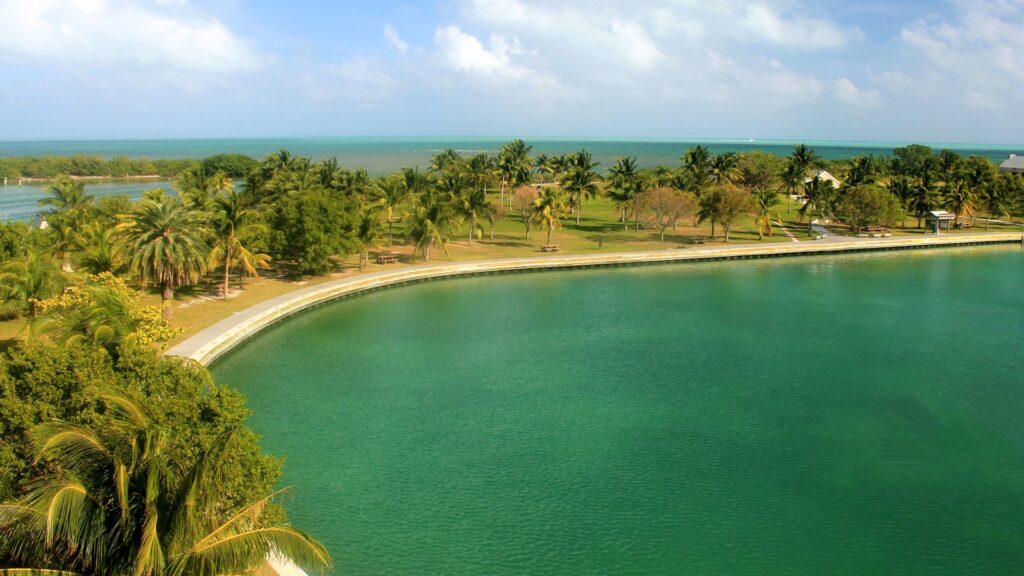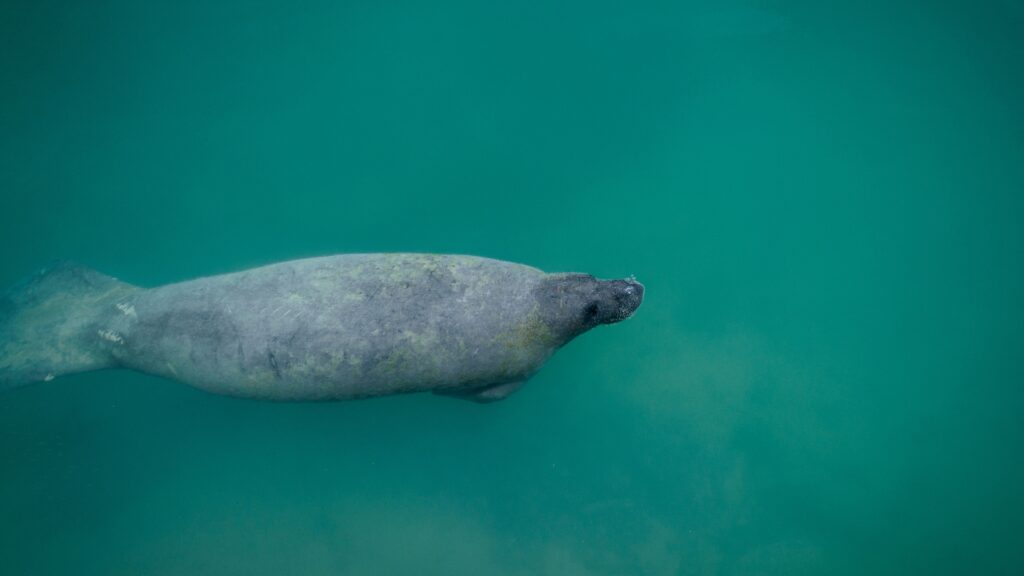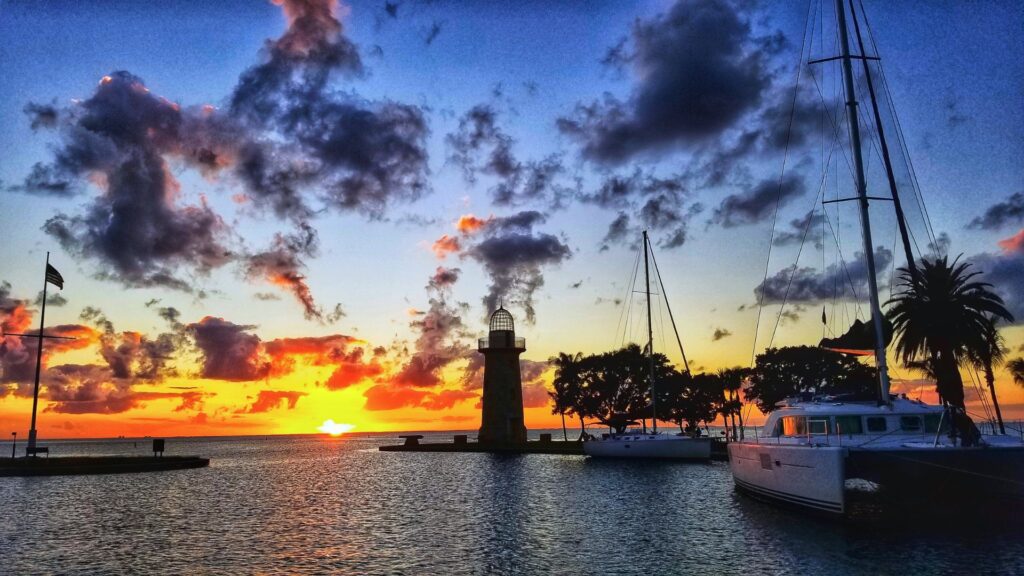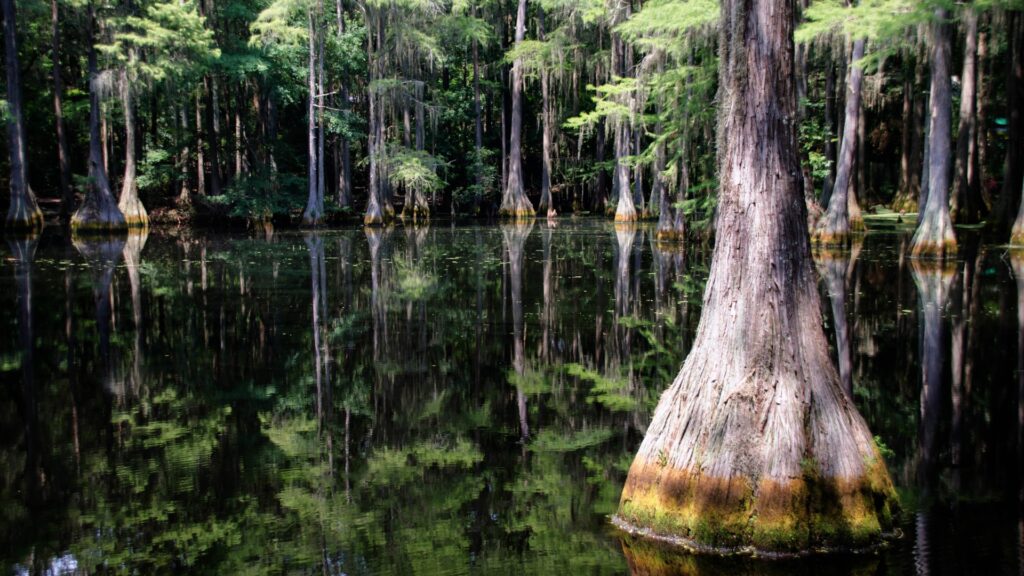Table of Contents Show
If you’re scratching your head wondering where Biscayne National Park is, you’re probably not the only one. It’s not one of the most-visited parks in the country, and most people probably don’t even know it exists. But today, we’ll tell you why it’s worth a visit and what you can do when you head down to southeast Florida. Let’s dive in!
Where Is Biscayne National Park?
Biscayne National Park is lesser known than its “sister” park in south Florida, the Everglades. However, directly east of Everglades National Park is a protected area primarily made up of water.
Biscayne National Park is south of Miami and is home to aquamarine waters, emerald islands, and coral reefs. Boating is the easiest way to explore this unique park that’s 95% water!
When Did Biscayne National Park Become A National Park?
In 1968, Biscayne was established as a national monument under President Lyndon B. Johnson. But in 1980, its boundaries were extended to include more undersea life and the Boca Chita Key, and it was redesignated as a national park.
Biscayne protects approximately 173,000 acres, including mangrove swamp, Biscayne Bay, coral limestone keys, the Florida Reef, and numerous wildlife species.

What’s So Special About Biscayne National Park?
No other park in the country is comprised of as much water as Biscayne National Park. You don’t need a car to reach its farthest corners; you need a boat. It’s not as remote as Dry Tortugas National Park but not as easily accessible as the nearby Everglades.
This is why some of the most popular activities aren’t hiking or biking like many other national parks but rather padding through mangroves, snorkeling and diving along the Maritime Heritage Trail, and fishing in the ocean water. Biscayne National Park Institute offers most of these activities to guests. Some dives include access to shipwrecks!
Biscayne also protects the third-largest coral reef system in the world. It’s a water wonderland, a diver’s paradise, and a birder’s oasis. Warblers, swallows, woodpeckers, owls, cuckoos, gulls, sandpipers, raptors, ducks, swans, geese, herons, loons, and dozens more species of birds fill the air and water.
From the 600 native fish to threatened loggerhead sea turtles to endangered American alligators and Florida manatees, the park is also home to abundant wildlife.

3 Most Popular Attractions In Biscayne National Park
When you visit this national park, you can’t avoid the water. This is worth considering before you visit with younger children. Biscayne is a park you want to kayak through or take a boat tour. It might not be as kid-friendly as other national parks, but it’s certainly one to add to your list when you visit southern Florida. Here are three of our top things to do at Biscayne National Park.
1. Explore Biscayne National Park Via Kayak/Canoe
The Biscayne National Park Institute provides fantastic opportunities to explore Biscayne Bay, the mangrove shoreline, and the area islands. Experienced kayakers can make the 7-mile journey across the Biscayne Bay to Elliott or Boca Chita Keys.
Others who want to book a tour can choose from several different excursions. You can also bring and launch your paddle craft from the designated areas. Kayaking, canoeing, or paddleboarding are prime ways to see Biscayne’s beauty, wildlife, and ecosystems.
2. Visit Boca Chita Key
Boca Chita is the most visited island in the park. It’s home to a 1930s lighthouse with an observation deck. There’s also a short hiking trail and a campground on the island.
The Biscayne National Park Institute also provides boat tours to Boca Chita Key. These tours also include opportunities to enjoy the beach, snorkel, or paddle.

3. Go Fishing In the Biscayne Bay
Another way to enjoy the natural setting of Biscayne is by fishing. A Florida license is required for anyone over the age of 16. Lobstering is also allowed but is prohibited in the Biscayne Bay/Card Sound Lobster Sanctuary.
There are numerous other regulations set forth by the Florida Fish and Wildlife Conservation Commission, so staying up-to-date on the latest news about fishing in Biscayne National Park is essential.
Although 95% of Biscayne National Park is water, visit the Dante Fascell Visitor Center gallery, located east of Homestead, Florida. Here, local artists showcase their work, including photography, oil, acrylic, pastel, watercolor paintings, drawings, ceramics, and sculpture.
Biscayne National Park is the source of their inspiration. You can also visit the museum and watch the park films at the visitor center.
Pro Tip: Check out The Best National Parks in the USA when planning your next trip!
Best Place For Camping Near Biscayne National Park
The Larry and Penny Thompson Memorial Park and Campground is one of the closest and cheapest options for camping in the Miami area. It’s adjacent to the zoo and has bike trails, hiking paths, and a freshwater lake with its beach.
Campsites are full hookups, and laundry facilities and bathhouses are also onsite. The current daily rate is $33.90, and the weekly rate is $192.10.
If you’d like a campground with more amenities, check out Miami Everglades Resort. It’s about 30 miles south of Miami and offers guests access to a dog park, pickleball, volleyball, and basketball courts, a hot tub, a swimming pool, a mini golf course, and more.
There are planned activities like movie nights, daily exercise, and jam sessions during the year.

Is Visiting Biscayne National Park Worth It?
Biscayne is one of the most unique parks in the U.S. If you’ve never been, you’re missing out on breathtaking coastal scenery and colorful coral reefs.
There’s also 10,000 years of human history here. The shipwrecks and islands tell stories of ancient peoples who have used these lands and water to survive for thousands of years.
Learn more about this cultural history at the visitor center, and then book your paddling adventure, snorkeling excursion, or boat tour and explore this beautiful national treasure in southeast Florida!
Have you ever visited Biscayne National Park?






